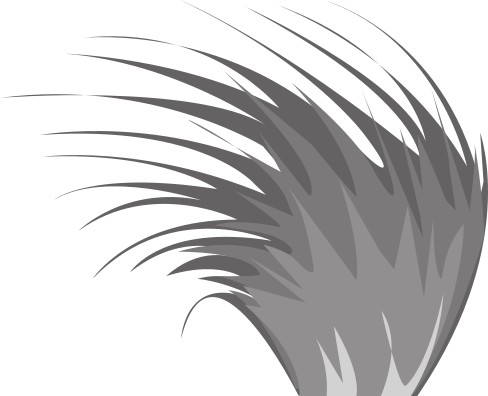Were native plants on settler’s farms in southern New Zealand used or abused?
Talk / Seminar on Wednesday 10th of October 2018, 05:20 PM (7 years ago)
Contact: Robyn Bridges | 021 235 8997
Speaker: Peter Holland, Emeritus Professor, Department of Geography, University of Otago.
By 1900, European settlers had transformed the terrestrial vegetation cover of the southern New Zealand lowlands. The extensive tussock, shrub and fern lands, with large and small expanses of closed canopy forest and wetland in depressions had almost disappeared, and in their place was a geometrical mosaic of crop land, improved pastures, hedges and shelter belts with a smattering of native plants and remnants of once extensive native ecosystems. Did anyone express concern about what was happening to native species and ecosystems in the south, and were landholders indifferent to native plants? With information from official reports, contemporary newspaper articles, and entries in late 19th and early 20th century farm diaries I shall show that settlers valued such woody plants as broadleaf, kowhai, and totara, and were reliant on forest remnants and shrublands to shelter and sustain livestock when feed was in short supply. At the same time, many settlers were draining wetlands, burning tussock, and clearing wooded and shrubby areas on their properties, despite what they could read in their newspapers about the national importance of conserving large and small areas of native vegetation. Did early settlers use or abuse native plants and ecosystems? The answer is more complex than many of us might believe.
Entries for the biennial Audrey Eagle Botanical Drawing Competition will be displayed and the prize winners announced at this meeting.
